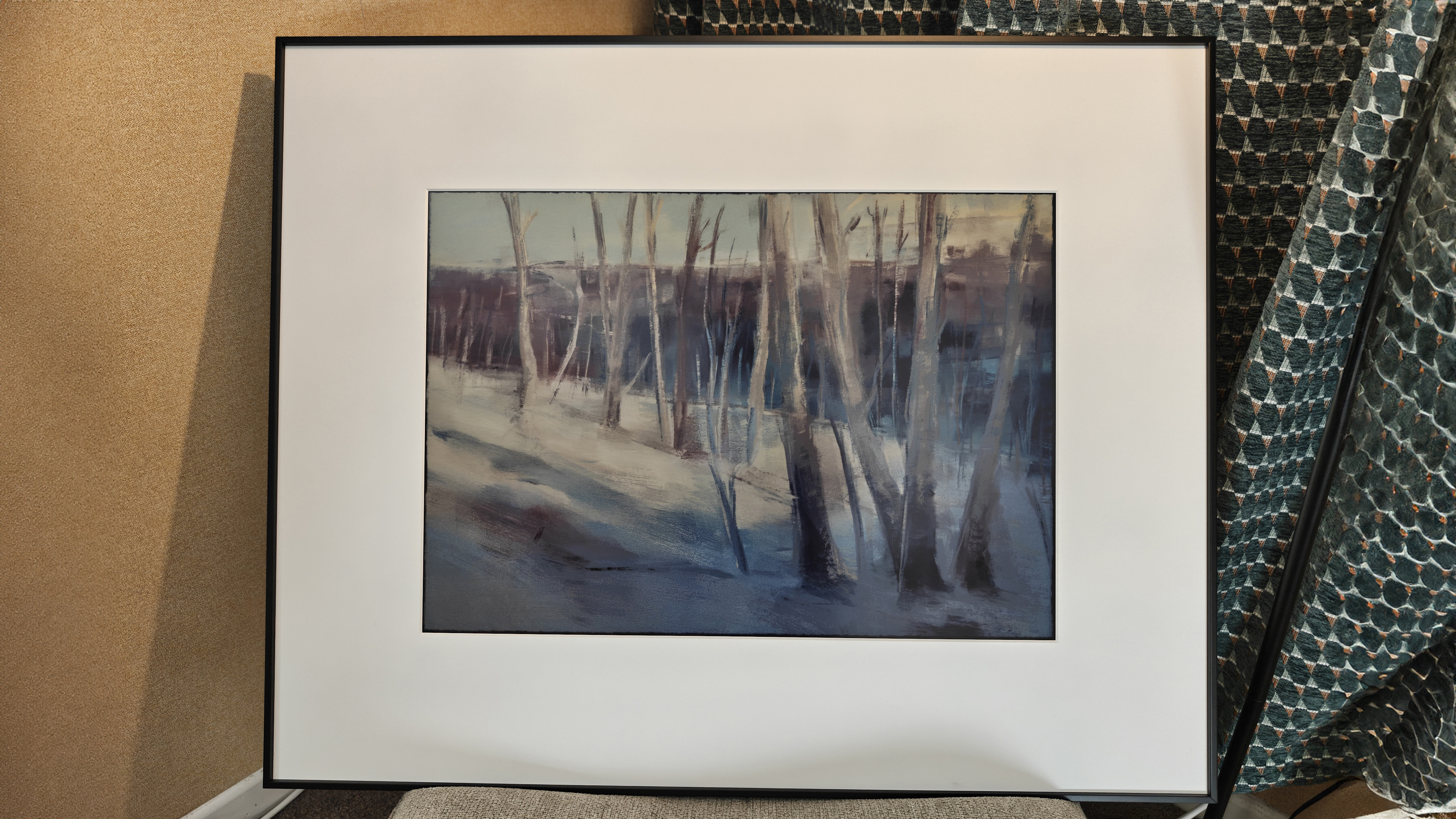Bluescreen on a Budget
Think that good-quality bluescreen effects can only be created on a Hollywood budget? Then think again. Computer Arts shows you how to make your own bluescreen studio and drop actors into 3D worlds for less than $100. Lights, Camera, Action!
For almost no cost, and with a little care, a homemade bluescreen can enable you to create shots worthy of a Hollywood blockbuster. Software has improved to the point where even Mini DV footage creates good results, as long as you build a good quality, evenly lit bluescreen. Home-built bluescreen studios (which can be packed away when not in use), are frequently used on low-budget films, and even in commercials and corporate videos.
In this tutorial we'll show you how to build your own bluescreen studio; one that gives you great results in minimum time. By using matchmove markers you'll be able to film handheld shots and camera moves around your actor, a technique normally reserved for the wealthiest studios. Finally, we'll show you how to composite your actor into a 3D scene in After Effects.
One low-budget approach is to buy white material and dye it blue (or paint a canvas) but this can lead to uneven colours. A better approach is to buy at least ten metres of bright blue material. Just make sure that it's smooth, opaque and not glossy - tracksuit material works really well (the thick cotton kind, not towelling). The more movement you want to shoot, the bigger the space you'll need, so make sure you plan ahead. Walking shots, for instance, require much more room; and fight scenes need even more than that!
Your bluescreen studio needs to be well lit, with no outside light (because sunlight registers as blue), so you'll need a good-sized space that can either be blacked out or used only at night. Basements and garages can be good, but these tend to accumulate lots of dust - you need a room that's pretty clean as dirty footprints will soon make your screen totally unusable.
Ideally, you should build the studio at a close proximity to your computer, so you can load and test footage as you shoot. You'll notice that using the Keylight filter (in After Effects Pro) can yield stunning results, but keying is an art more than a science, and every shot will require experimentation and creativity. So don your Spielberg cap, and get ready to create a mini blockbuster.
Click here to download the PDF for free
Click here to download the support files and hi-res screenshots ( 45MB)
Daily design news, reviews, how-tos and more, as picked by the editors.

The Creative Bloq team is made up of a group of art and design enthusiasts, and has changed and evolved since Creative Bloq began back in 2012. The current website team consists of eight full-time members of staff: Editor Georgia Coggan, Deputy Editor Rosie Hilder, Ecommerce Editor Beren Neale, Senior News Editor Daniel Piper, Editor, Digital Art and 3D Ian Dean, Tech Reviews Editor Erlingur Einarsson, Ecommerce Writer Beth Nicholls and Staff Writer Natalie Fear, as well as a roster of freelancers from around the world. The ImagineFX magazine team also pitch in, ensuring that content from leading digital art publication ImagineFX is represented on Creative Bloq.
